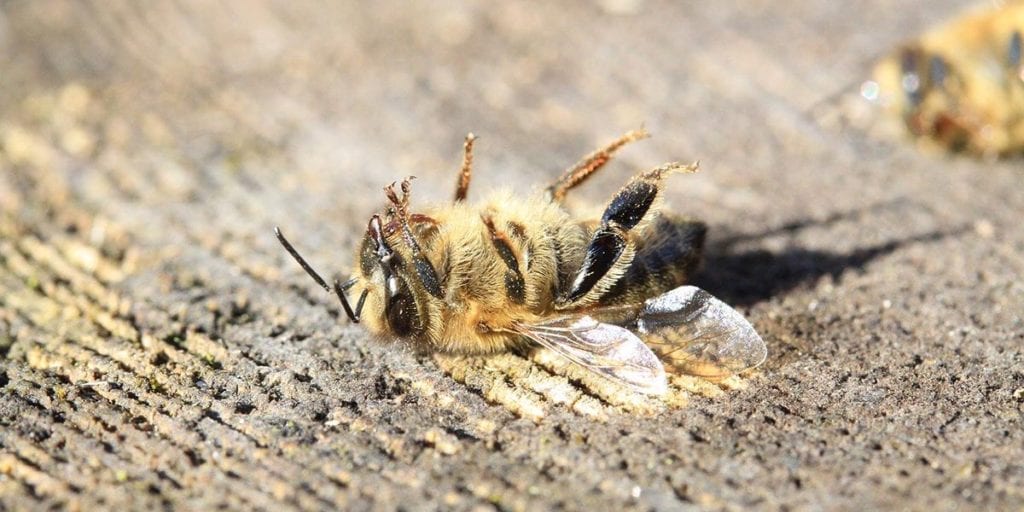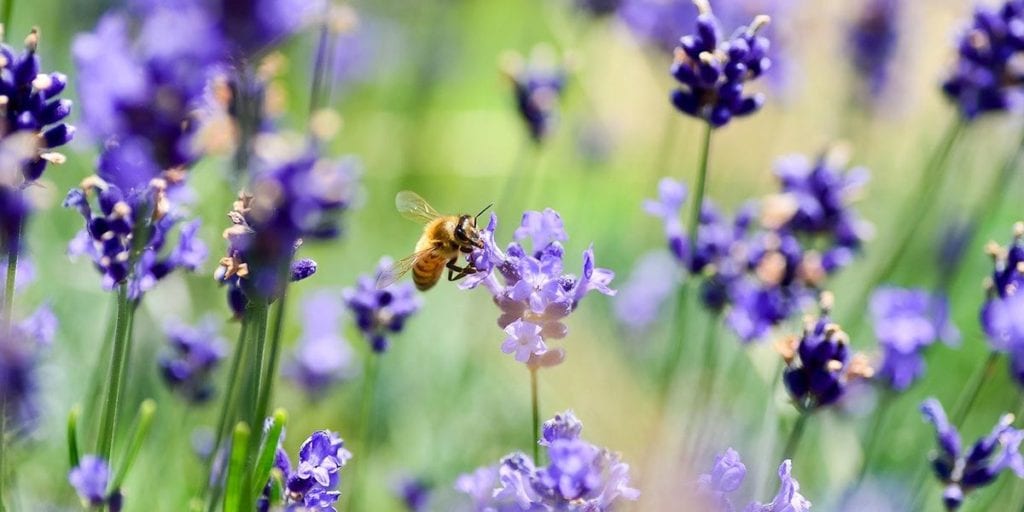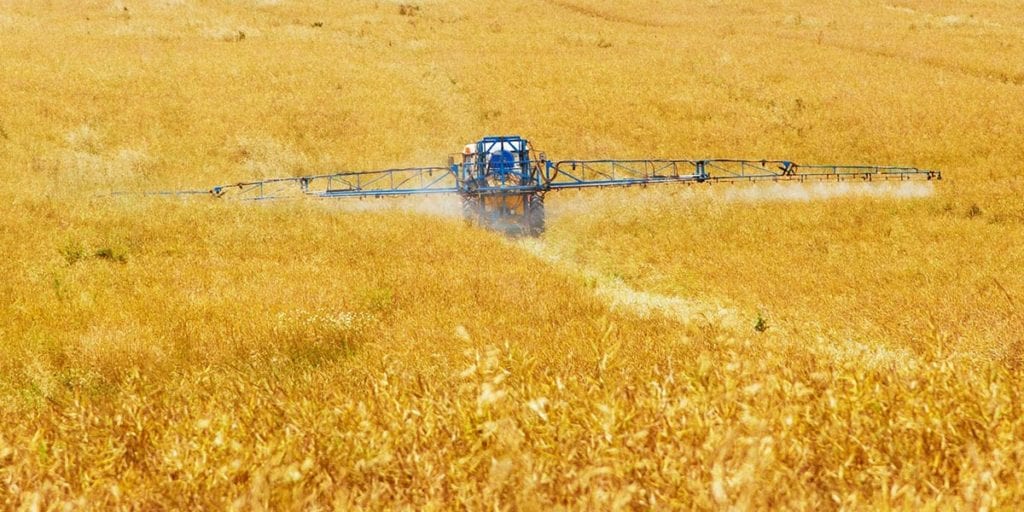Pesticides and pollinators

Heather Warrender
According to Wildlife Trusts, UK pollinators such as bees, moths and butterflies pollinate £690 million worth of crops annually. However, the number of these pollinators is in decline and there is considerable debate over the cause.
Environmental pressures such as habitat loss, pesticide use, pests, diseases, and climate change are usually highlighted as the main reasons.
Pesticides

Photo by Jared Belson
Pesticide use is under continuous review and regulation due to the ever-increasing research into the damage they cause to water systems, soil and biodiversity.
The word ‘pesticide’ is used to encompass all chemicals used to kill pests whether they are plants or animals. Insecticides are a form of pesticide that kill, harm or repel one or more species of insect. Herbicides are most known as weed killers and are used to kill unwanted plants.
The use of either insecticides or herbicides can contribute to declining populations of pollinators. Whether this be directly by killing or negatively impacting survival or reproduction, or indirectly by removing habitat and food sources.
But there are changes we can all make, big or small, to help pollinators throughout the UK. From setting aside areas in your garden to grow wildflowers to establishing pollinator friendly crop margins or ensuring that the plaints in your cover crop mix benefit the pollinators, it all helps.
Make your garden pollinator friendly

Pesticide use is under continuous review and regulation due to the ever-increasing research into the damage they cause to water systems, soil and biodiversity.
The word ‘pesticide’ is used to encompass all chemicals used to kill pests whether they are plants or animals. Insecticides are a form of pesticide that kill, harm or repel one or more species of insect. Herbicides are most known as weed killers and are used to kill unwanted plants.
The use of either insecticides or herbicides can contribute to declining populations of pollinators. Whether this be directly by killing or negatively impacting survival or reproduction, or indirectly by removing habitat and food sources.
But there are changes we can all make, big or small, to help pollinators throughout the UK. From setting aside areas in your garden to grow wildflowers to establishing pollinator friendly crop margins or ensuring that the plaints in your cover crop mix benefit the pollinators, it all helps.
Managing agricultural spaces

Agricultural landscapes have the potential to provide habitats for a diverse range of not only insect life, but a range of flora and fauna too. Slight alterations to management techniques can make a huge difference to the survival of pollinator species.
Integrated Pest Management (IPM) is a management tool to minimise the cost and environmental impacts of chemical inputs by incorporating non-chemical solutions to managing weeds, pests and diseases. Careful use of crop rotations and cultivation techniques can reduce weed burdens and pest carryover between crops.
Experts recommend a minimum of five per cent of farm surface (excluding forested areas) should be managed as an ‘ecological infrastructure’ and have no agrochemical inputs. This percentage can be made up of crop margins and unproductive, awkward field corners. The aim is to not only provide a space for pollinators, but also a habitat for ‘natural enemies’ of crop pests. This can further reduce the need for pesticide use.
Pesticide drift and buffer strips
Pesticide drift can be an issue to consider when establishing your crop margin or buffer strip. This is the leaching of pesticides into the margins.
The allowance of a robust grass strip between your crop and wildflowers will protect the wildflowers from fertiliser and pesticides that may accidentally drift over.
Buffer strips are often sown adjacent to ditches and streams to protect the water sources from pollution. These buffer strips have the potential to support beneficial insects such as ladybirds, parasitic wasps, spiders, and beetles. In return, they will help control aphids and other pest species.
These buffer strips are usually made up of tussocky grass species which can be beneficial to pollinators during winter. They also provide nesting and hibernation sites for bumblebees. Adding five to ten per cent of robust scrambling wildflowers into the mix will significantly increase the value of these strips for pollinators.
The word ‘pesticide’ is used to encompass all chemicals used to kill pests whether they are plants or animals. Insecticides are a form of pesticide that kill, harm or repel one or more species of insect. Herbicides are most known as weed killers and are used to kill unwanted plants.
The use of either insecticides or herbicides can contribute to declining populations of pollinators. Whether this be directly by killing or negatively impacting survival or reproduction, or indirectly by removing habitat and food sources.
But there are changes we can all make, big or small, to help pollinators throughout the UK. From setting aside areas in your garden to grow wildflowers to establishing pollinator friendly crop margins or ensuring that the plaints in your cover crop mix benefit the pollinators, it all helps.
Relevant research
According to research by GWCT, minimising pesticide drift is crucial for solitary bees. Many rarer solitary bee species depend on flowering plants such as hogweed, catsear, ox-eye daisy, scentless mayweed, smooth hawksbeard, red bartsia and fleabane.
These species are not commonly found in commercial wildflower mixes and therefore it is important to protect hedge and woodland edge habitats.
When planting cover crops it is important that you consider pollinator species. Choose a crop mix that will not only provide cover for your birds, but also benefit other wildlife.
The Pesticide Action Network has a number of information sheets about different aspects of pesticide use and helping pollinators. Click here for more details.
